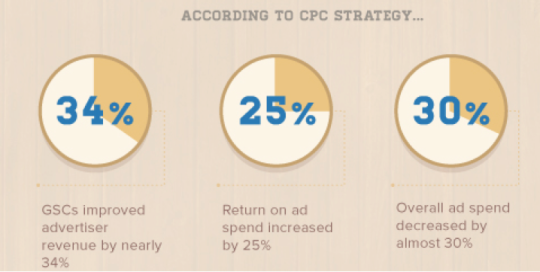By Arie Shpanya, Wiser

It often seems inevitable to have excess merchandise at the end of the season because it’s nearly impossible to predict exactly how much you will need. On top of that, having a little extra is better than not having enough in order to capitalize on all sales, whether they’re at full price or if you’re converting an unsure shopper with a discounted price.
When a retailer has a significant amount of product left over, there are many things they can do to get rid of it. Sure, it would be easy to clear extra inventory at a severe discount, but that creates two problems. First, losing money on each sale isn’t a sustainable tactic for any retailer. Second, you inadvertently condition shoppers to expect discounts. When a shopper first buys from your business at a discount, they are unlikely to buy the next time at full price. Retailers must tread with caution around discounting to avoid jeopardizing their pricing strategy and brand value.
Let’s get into the two strategies that online retailers should keep in mind when they need to get inventory moving.
Join Additional Marketplaces
The more marketplaces a retailer sells on, the more reach they have. There are many options that retailers can use to their advantage, from Amazon to eBay, and more. There are different requirements, ways to optimize, and costs associated with each. Here’s a quick break down for Amazon:

Price is a central concern for shoppers and sellers on this marketplace because in addition to all the competing sellers, Amazon is also vying for shoppers’ dollars. And they are often able to offer the lowest prices due to extensive relationships with manufacturers and the ability to move high volumes of product.
You’ll want to keep an eye on your pricing beyond competitive reasons. The way Amazon pays sellers comes down to how much the item is listed for, in addition to any shipping or giftwrap charges, referral fees, variable closing fees, and a 99-cent fee per item.
For retailers that just want to get a taste of the marketplace, Amazon Product Ads allow retailers to direct Amazon traffic to a web store instead. Set up custom keywords and adjust your bid based on performance. These CPC ads help retailers get access to Amazon’s reach, without the requirement that they fork over all of their sales data. While on the topic of bidding, there’s another great bid-based way to get inventory moving.
Google Shopping Campaigns
Product Listing Ads on Google are a thing of the past. They have transitioned to Google Shopping Campaigns (GSCs) and that’s a good thing for retailers, especially those with inventory to clean out. That’s because it’s easier than ever to customize, test, and learn what campaigns have the greatest impact. CPC Strategy estimates that GSCs improved advertiser revenue by nearly 34%, so this isn’t a strategy to sleep on.

Retailers can bid based on business goals, margin, seasonality and more. Check in on the analytics often to benchmark against competitors. If you’ve got some of a certain product left over, it’s possible that competitors are having the same issue. Stay up to date on how they’re pricing those products and how much they’re bidding.
In addition to competitive data, you can also change your bids to improve your impression share and to reach desired CTRs. It’s now possible to change pricing hourly on Google Shopping and this really helps the optimization process because you can change bids to make sure your results validate your CPC.
These are just two possibilities for clearing out excess inventory. What methods have been useful for your business?
*Co-written by Angelica Valentine, Content Marketing Manager at Wiser.
Arie Shpanya is the CEO of Wiser, a dynamic pricing & merchandising engine for online retailers. He has extensive experience in business development with a focus on eCommerce (eBay and Amazon), as well as social media optimization, marketing strategy and multi-channel platforms.






